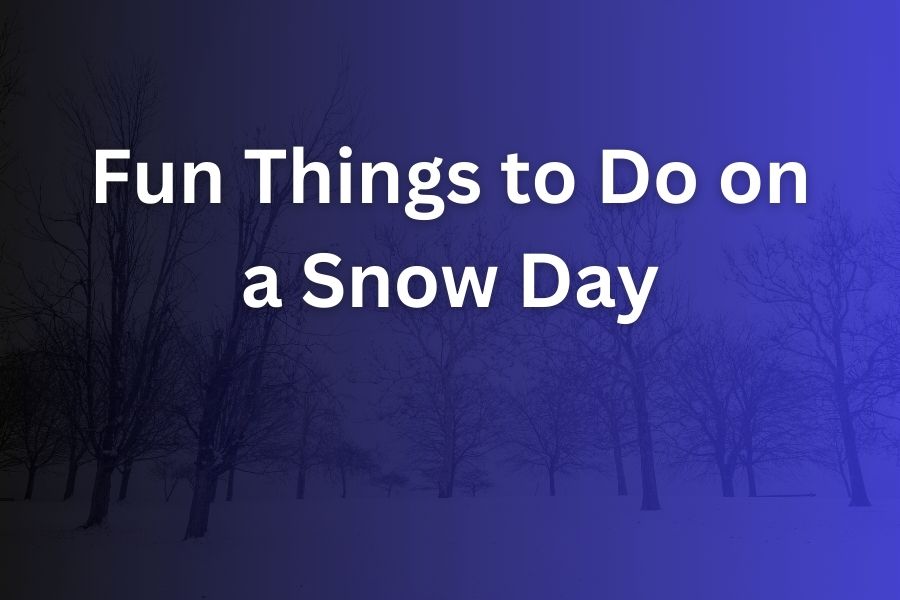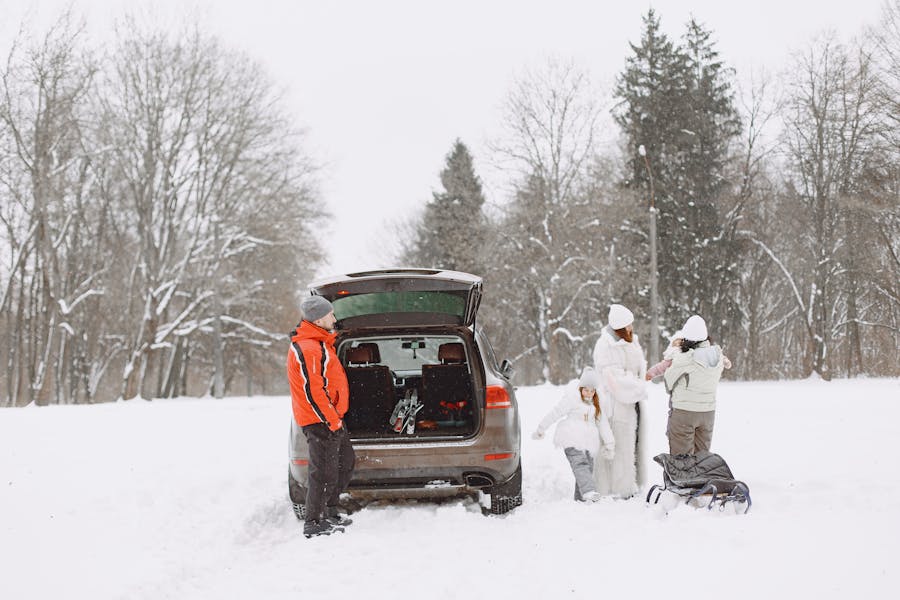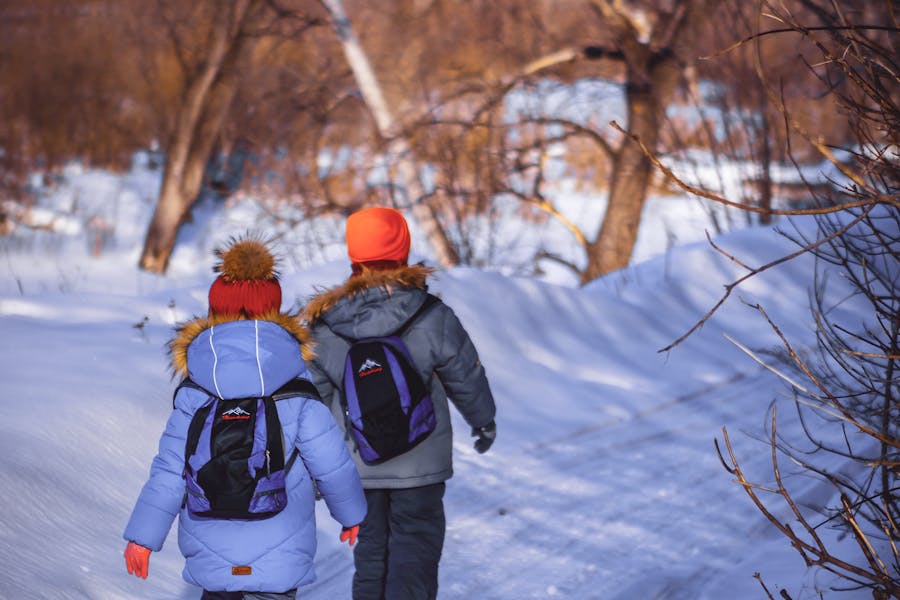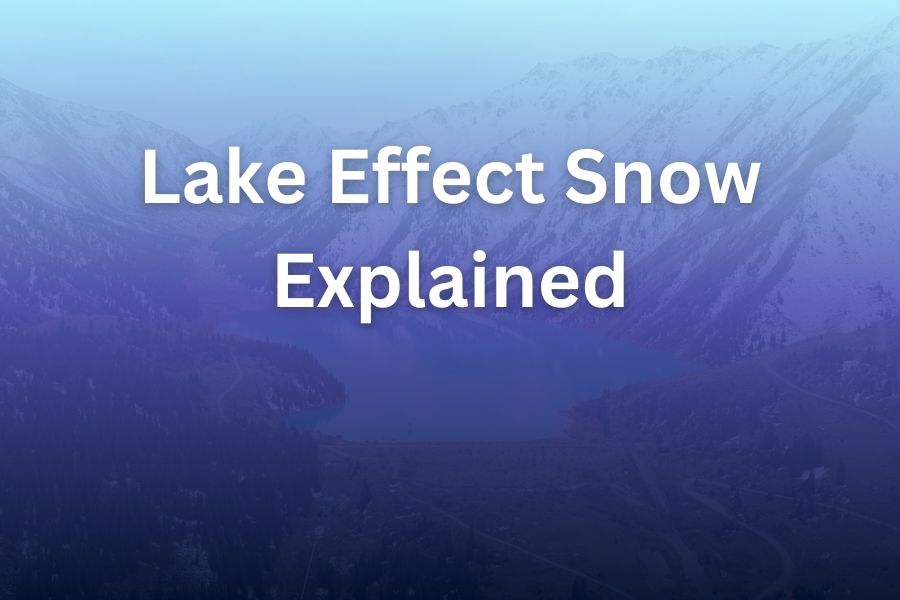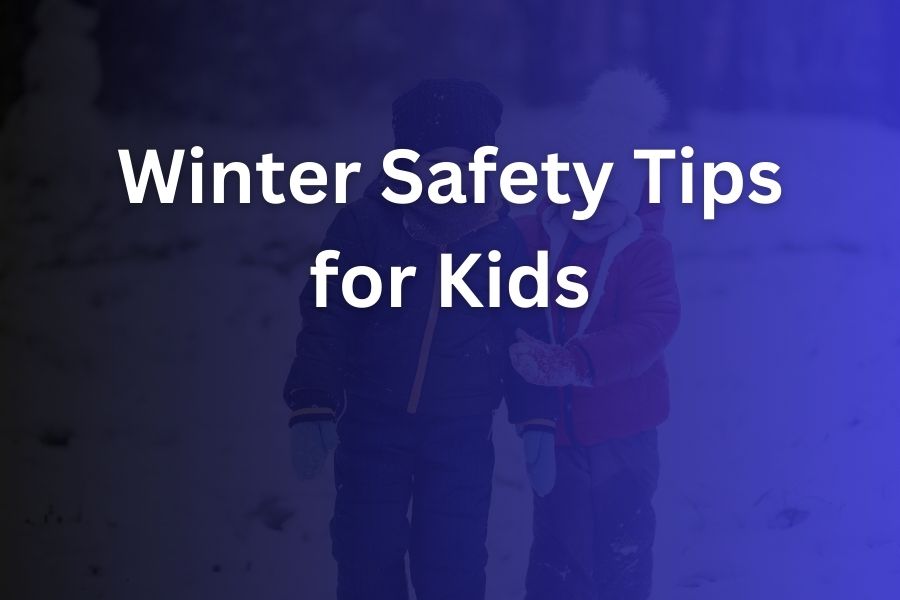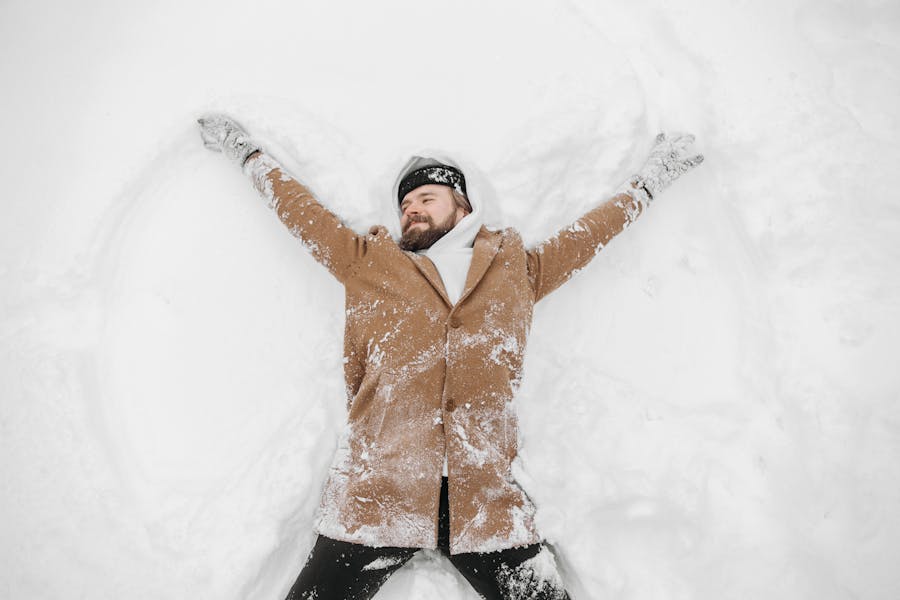
Winter brings a special kind of anticipation for students and teachers alike—the possibility of a snow day. That magical announcement that schools will be closed due to inclement weather conditions creates a unique excitement that's hard to match. But in today's world of advanced meteorology and climate change, how can you predict if tomorrow will bring that coveted snow day?
Understanding the science behind snow days, the decision-making process, and regional variations can help you better anticipate when you might get that unexpected day off. This comprehensive guide explores everything you need to know about predicting snow days in 2025 and beyond.
The Science Behind Snow Day Predictions
Predicting a snow day involves understanding complex meteorological factors that determine not just snowfall, but also its impact on local infrastructure and safety. Modern forecasting techniques have become increasingly sophisticated, using artificial intelligence and machine learning to analyze weather patterns with greater accuracy than ever before.
In 2025, meteorologists rely on a combination of satellite imagery, radar systems, and computer modeling to predict winter weather events. These technologies can forecast precipitation types, accumulation amounts, and timing with remarkable precision up to 72 hours in advance. However, the decision to declare a snow day involves more than just the forecast.
Key Factors That Determine Snow Days
- ❄️ Predicted snowfall amount - Generally, 4-6 inches of snow within a short timeframe increases snow day likelihood
- ❄️ Timing of the snowfall - Snow that falls overnight or during early morning commute hours has greater impact
- ❄️ Temperature and precipitation type - Wet, heavy snow or ice is more disruptive than light, fluffy snow
- ❄️ Wind conditions - High winds can create blizzard conditions and drifting snow
- ❄️ Road conditions and local infrastructure - The capacity for snow removal and road treatment
Regional Variations in Snow Day Declarations
The threshold for declaring a snow day varies dramatically by region. Northern states and areas accustomed to regular snowfall typically require more severe conditions before canceling school. A few inches of snow that would shut down schools in Georgia or Tennessee might be considered a normal winter day in Minnesota or Maine.
Climate change has also introduced greater unpredictability into winter weather patterns. Some regions that rarely experienced significant snowfall in the past now face occasional severe winter storms, while traditionally snowy areas may see more mixed precipitation events as average temperatures rise.
"The decision to call a snow day balances educational continuity with student and staff safety. It's never taken lightly, and involves monitoring weather conditions throughout the night."
— Typical School District Superintendent
The Decision-Making Process
School administrators typically follow a structured process when determining whether to declare a snow day. This often begins 24-48 hours before a potential weather event, with administrators monitoring forecasts and consulting with local transportation and emergency management officials.
In many districts, transportation directors or facilities managers will physically drive bus routes in the early morning hours (often between 3-5 AM) to assess road conditions firsthand. This on-the-ground assessment provides crucial information that complements weather forecasts.
The final decision usually rests with the district superintendent, who must weigh safety concerns against the educational impact of missing instructional time. Most districts build a certain number of snow days into their academic calendars, but excessive cancellations can lead to extended school years or shortened breaks.
The Rise of Remote Learning and Its Impact
The COVID-19 pandemic fundamentally changed how schools approach weather-related closures. By 2025, many districts have established protocols for "remote snow days" that allow instruction to continue online during inclement weather. This hybrid approach means that traditional snow days—complete breaks from academic responsibilities—are becoming less common in some regions.
However, the implementation of remote learning during snow days varies widely. Some districts maintain a policy of complete days off, recognizing the logistical challenges of pivoting to online learning with limited notice and the cultural tradition of snow days as an unexpected break. Others have adopted a middle ground, offering asynchronous activities that students can complete at their own pace.
The Psychology of Snow Days
The anticipation of a potential snow day creates a unique psychological experience. Studies have shown that this anticipation triggers dopamine release similar to other forms of positive anticipation. The unexpected nature of snow days—a surprise break from routine—contributes significantly to their psychological appeal.
For many students and teachers, the ritual of checking weather forecasts, watching for school closure announcements, and celebrating when a snow day is declared forms a cherished part of the winter experience. This emotional component explains why snow days remain culturally significant even as technology makes remote learning more feasible.
How to Assess Your Snow Day Chances
If you're hoping for a snow day tomorrow, here are practical steps to assess the likelihood:
- Check multiple weather forecasts, focusing on predicted snowfall amounts, timing, and precipitation type
- Research your district's historical threshold for declaring snow days
- Monitor local road conditions and the status of nearby districts
- Consider the day of the week (districts may be more likely to cancel on Fridays or before scheduled breaks)
- Check your school's social media accounts for updates
Many regions now have specialized "snow day calculator" websites that aggregate these factors to predict the likelihood of school closures. While these tools are not official and vary in accuracy, they can provide an interesting perspective on the probability of a snow day based on current conditions and historical patterns.
Climate Change and the Future of Snow Days
Climate change is altering winter weather patterns across North America. In some regions, warming temperatures are reducing overall snowfall, while in others, increased atmospheric moisture is leading to more intense but less frequent snow events. These changing patterns have significant implications for the future of snow days.
By 2025, some southern regions that historically experienced occasional snow days are seeing them become increasingly rare. Conversely, areas unaccustomed to significant winter weather may face more frequent disruptions as weather patterns become more volatile and extreme events more common.
Climate scientists project that this trend will continue, potentially making snow days more precious in traditionally snowy regions while introducing them to areas where they were once uncommon. The unpredictability of these changes adds another layer of complexity to snow day forecasting.
Preparing for Potential Snow Days
Whether you're hoping for a snow day or preparing for one, having a plan in place can help you make the most of unexpected time off or minimize disruption to your schedule. Consider these preparations:
Snow Day Preparation Checklist
- ✓ Ensure you have access to school closure notifications
- ✓ Stock up on essential supplies before a storm
- ✓ Have alternative childcare arrangements if needed
- ✓ Prepare indoor activities for children
- ✓ Check that you have necessary equipment for remote learning if your district implements virtual snow days
Conclusion: Will You Have a Snow Day Tomorrow?
Predicting whether you'll have a snow day tomorrow remains part science, part art, and part local tradition. While meteorological forecasting continues to improve, the decision to cancel school involves numerous factors beyond just snowfall predictions.
The best approach is to stay informed about current forecasts, understand your district's policies, and be prepared for either outcome. And while technology may be changing how we experience snow days, their special place in American educational culture ensures they'll remain a source of winter excitement for years to come.
Whether you're a student hoping for an unexpected day off or a parent planning for childcare contingencies, understanding the factors that influence snow day decisions can help you better predict—and prepare for—these winter wildcards. Just remember that Mother Nature often has the final say, sometimes surprising even the most experienced forecasters and school administrators.

